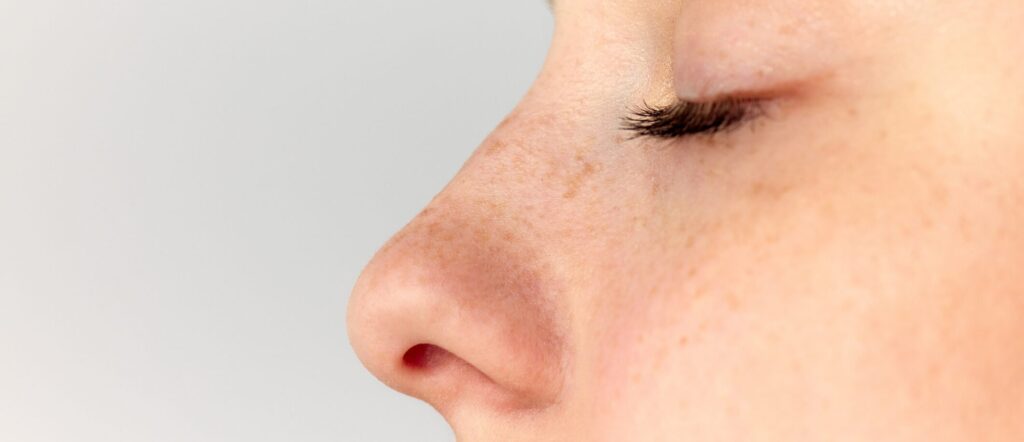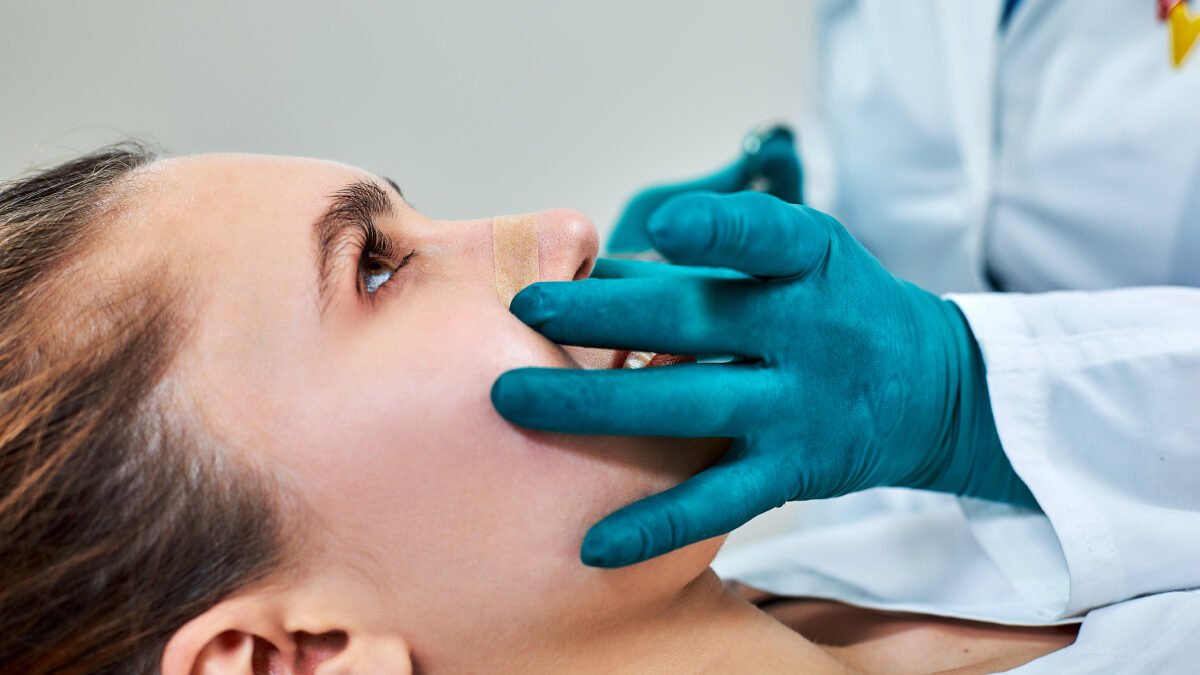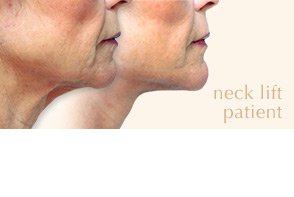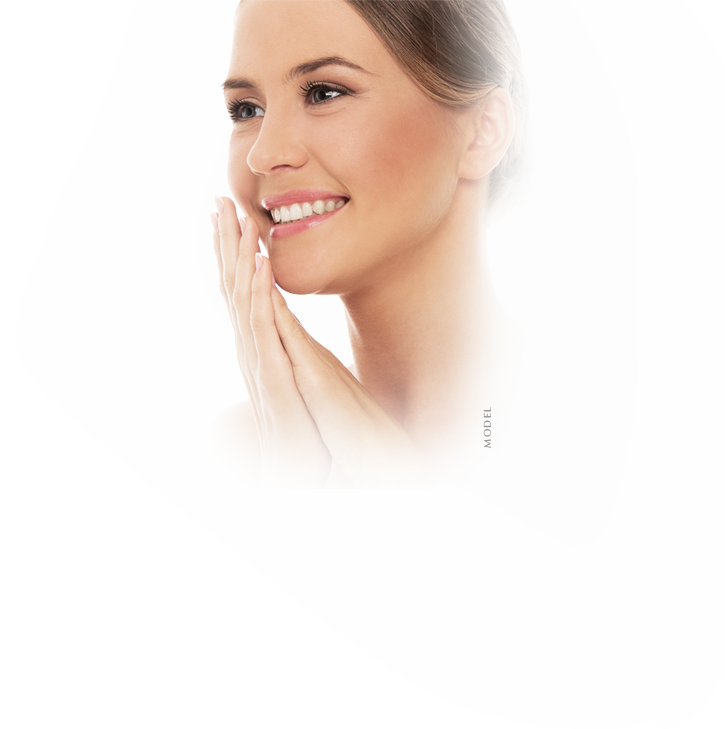Asheville Rhinoplasty
All about nose reshaping surgery
Is there something you wish to change about your nose? If so, you are not alone. According to the American Society of Plastic Surgeons, over 352,000 people in the U.S. underwent rhinoplasty, or nose reshaping surgery, in 2020. This popular procedure can dramatically enhance a person’s appearance by creating a more refined nasal contour and restoring an aesthetically pleasing harmony to facial features. Read on to learn how Asheville plastic surgeon Dr. Donald Conway uses the latest in rhinoplasty techniques to provide his patients with a natural-looking nose that brings balance to the face.
Why consider rhinoplasty?
Rhinoplasty surgery can be a highly rewarding procedure and offers many benefits beyond shaping a more attractive nose. If you have breathing problems due to a misshapen septum, rhinoplasty can correct the obstruction and help you breathe normally. Nose surgery can also help restore symmetry following injury to the nose or help correct congenital defects to the nose or nostrils.
With results that can last a lifetime, rhinoplasty can help you feel more confident in your appearance and happier with the way your nose looks.

What improvements can be made with nose reshaping surgery?
There is no single goal with rhinoplasty except to create a naturally appealing nose shape that a patient is happier with. Since this means different things to different patients, an expert plastic surgeon can tailor each surgery to suit an individual’s anatomy and goals.
Dr. Conway can achieve a number of improvements with rhinoplasty, including:
- Reduce the size of a nose that is too large
- Straighten a prominent “bump” on the nasal bridge
- Improve the angle or projection of the nose
- Reduce over-large nostrils
- Straighten a crooked nose
- Key Benefits
- Glossary
- Enhanced Nose Shape: Rhinoplasty can alter the size, shape, and angle of the nose, bringing it into a more harmonious balance with the rest of the face.
- Refined Nose Tip: The procedure can reshape a bulbous, drooping, or upturned nasal tip, giving it a more aesthetically pleasing appearance.
- Reduced Nasal Bridge Humps or Depressions: The surgery can smooth out humps or fill in depressions on the bridge of the nose, creating a more even profile.
- Corrected Nasal Breathing Issues: This surgery can address structural issues within the nose, improving breathing and alleviating problems like chronic congestion or a deviated septum.
- Alar Base Reduction: A surgical procedure to narrow the width of the nostrils and the base of the nose, often part of a rhinoplasty.
- Anesthesia: Medication used during surgery to prevent pain; can be either local (numbing a specific area) or general (inducing sleep).
- Asymmetry: A lack of symmetry in the nose, where one side is not a mirror image of the other; often addressed in rhinoplasty to achieve a more balanced appearance.
- Blepharoplasty: A surgical procedure to repair droopy eyelids by removing excess skin, muscle, and sometimes fat. Blepharoplasty can improve the appearance of the eyelids and may also enhance vision by providing a less obstructed field of view.
- Cartilage: The firm, flexible connective tissue found in various parts of the body, including the nose; often reshaped or augmented in rhinoplasty.
- Closed Rhinoplasty: A surgical approach to nose reshaping where all incisions are made inside the nostrils, leaving no visible external scars.
- Columella: The strip of skin that separates the nostrils at the base of the nose; can be adjusted during rhinoplasty for aesthetic or functional reasons.
- Deviated Septum: A condition where the nasal septum (the wall between the nostrils) is off-center, often corrected during rhinoplasty to improve breathing.
- Dorsal Hump: A bump on the bridge of the nose, often made of bone and cartilage, which can be reduced or removed in rhinoplasty.
- Facial Harmony: The balanced and aesthetically pleasing relationship between the various features of the face, such as the eyes, nose, lips, and chin.
- Facial Plastic Surgery: A specialized field of surgery focused on the cosmetic and reconstructive procedures of the face, head, and neck. This includes a range of surgeries like rhinoplasty, facelifts, and blepharoplasty to improve appearance or restore function.
- Incisions: Surgical cuts made in the skin; in rhinoplasty, these can be inside the nostrils (closed rhinoplasty) or across the columella (open rhinoplasty).
- Nasal Tip Rhinoplasty: A procedure focusing specifically on reshaping the tip of the nose, often to address issues like bulbous or drooping tips.
- Open Rhinoplasty: A type of rhinoplasty where an incision is made across the columella, allowing the surgeon greater access to the nasal structure.
- Osteotomy: A surgical procedure involving the cutting of bone, typically performed in rhinoplasty to narrow or change the shape of the nasal bones.
- Plastic Surgeon: A surgeon trained to specialize in the repair, reconstruction, or alteration of the body. Plastic surgeons perform both cosmetic procedures, such as rhinoplasty and facelifts, and reconstructive surgeries to correct defects or injuries.
- Recovery Time: The period post-surgery for healing, during which patients may experience swelling, bruising, and need to follow specific care instructions.
- Rhinoplasty (Nose Job): A surgical procedure to change the shape, size, or proportions of the nose, often for cosmetic or functional reasons.
- Septoplasty: A surgical procedure to correct a deviated septum, often combined with rhinoplasty for comprehensive nasal correction.
- Swelling: The body’s reaction to surgery, often experienced in the nose area after rhinoplasty, gradually subsiding during the recovery process.
Choosing Dr. Conway as your Asheville rhinoplasty surgeon

Dr. Donald Conway
Dr. Donald Conway approaches each patient and procedure with the goal of providing a safe surgery and naturally appealing results. His surgical skill and multidisciplinary experience help him achieve this goal.
In addition to 20+ years of experience as a board certified plastic surgeon, Dr. Conway has an advanced degree in medical illustration. This highly specialized field requires a thorough knowledge of anatomy as well as a keen sense of symmetry, proportion, and detail, as medical illustrators create the visual guides used by surgeons to study the anatomy of the human body.
About rhinoplasty surgery in Asheville
Dr. Conway performs rhinoplasty as an outpatient procedure at the Plastic Surgery Center of Asheville, in our private, accredited surgery suite. General anesthesia, administered by a board certified MD anesthesiologist, is typically used; however, in certain cases intravenous sedation and local anesthesia may be appropriate.
Depending on the corrections to be made, Dr. Conway may perform one of the following rhinoplasty techniques:
Closed rhinoplasty
During a closed or “endonasal” rhinoplasty, Dr. Conway makes small incisions inside the nostrils. Through these incisions he can reshape the bone and cartilage of the nose to achieve your desired changes. The obvious advantage of a closed rhinoplasty is that there are no visible scars.
Open rhinoplasty
An open rhinoplasty involves a small incision underneath the nose, between the nostrils. This incision allows Dr. Conway to lift the external nasal tissues and operate with direct vision when necessary to achieve the desired result. He will also use open rhinoplasty for most tip reshaping procedures. Scars from open rhinoplasty typically fade very nicely and are inconspicuous to others.
Combined rhinoplasty & facial contouring
Many of Dr. Conway’s rhinoplasty patients choose to enhance other facial features at the same time to achieve more dramatic improvements in facial harmony. Chin or cheek implants can help strengthen a weak chin or add structure to cheekbones, while neck contouring can help patients with fullness beneath the chin refine definition around the jawline.
Recovery after nose reshaping surgery

You will be able to go home the same day as surgery to recover at home. You will have a splint placed around your nose, and your nostrils may be packed with gauze for support. While this can be uncomfortable, packing only remains in place for a few days after surgery. You may need to wear the splint for 7 to 10 days. Be sure to follow the post-op instructions provided by your surgeon to a T to ensure optimal healing.
Most patients report minimal pain after rhinoplasty, although Dr. Conway can prescribe pain medication to help you stay comfortable during the initial days of recovery. You can expect some bruising and swelling around your nose and eyes; the majority of this subsides within 2 or 3 weeks after surgery.
Typically, rhinoplasty patients can return to work within 2 weeks and gradually resume non-contact physical activity after about 3 weeks. Because your nose will be healing for several months after your surgery, even after it looks great, you will need to avoid contact sports and other activities that risk putting pressure on the nose. Dr. Conway will provide detailed instructions for a safe, smooth recovery.

Enjoying your new nose
Most patients feel comfortable going out in public after nose surgery when bruising and swelling has subsided to the point where it cannot easily be seen—about 2 or 3 weeks for the typical patient. However, this is a personal decision and as long as Dr. Conway agrees that it is safe to resume activities like driving, work, and running errands, you are free to go out in public as you please.
Your new nose will look very close to its final shape by about 3 to 4 weeks after your procedure, although subtle improvements (almost always imperceptible to others) continue for 6 to 12 months. Results from rhinoplasty are typically permanent, allowing you to enjoy your new nose for a lifetime.
Frequently Asked Questions from our Asheville patients
How do I pick the right nose shape for me?
The right nose shape for you should complement your facial features and align with your aesthetic goals. During your consultation with Dr. Conway, he will use advanced imaging techniques and consider your preferences to recommend the best nose shape for you. Ideally, your new nose will be a subtle, natural-looking enhancement.
Can I combine my surgery with another procedure?
Yes, it is possible to combine your nose surgery with other procedures, such as a chin augmentation or blepharoplasty (eyelid surgery). Dr. Conway will discuss your goals and evaluate your overall health to determine if combining procedures is a safe option for you.
How much does rhinoplasty cost in Asheville?
The cost of rhinoplasty surgery in Asheville will vary based on the extent of the procedure required to achieve your desired results, as well as whether you are combining it with any other surgical or non-surgical procedures as part of your personalized plan. At your consultation with Dr. Conway, you will be given an all-inclusive fee quote that covers surgical fees, operating room fees, implant costs, and anesthesia costs. We also offer financing options to help you pay for your procedure.
Please contact our Asheville, NC plastic surgery center today to get started by scheduling a personal consultation with board-certified plastic surgeon Dr. Donald Conway. He and our friendly staff are here to help you get started and learn more about your options. In addition to rhinoplasties, Dr. Conway performs a variety of cosmetic and reconstructive procedures for men and women, including breast augmentation with implants, breast lift, breast reduction, male breast reduction, tummy tuck, liposuction, post weight loss body lift, cheek and chin implants, facelift, neck lift, brow lift and blepharoplasty.
References »
American Society of Plastic Surgeons. 2020 Plastic Surgery Statistics. Accessed 5/21/2024.
Tasman AJ. Rhinoplasty – indications and techniques. GMS Curr Top Otorhinolaryngol Head Neck Surg. 2007;6:Doc09. Epub 2008 Mar 14. PMID: 22073085; PMCID: PMC3199847.
Gupta R, John J, Ranganathan N, Stepanian R, Gupta M, Hart J, Nossoni F, Shaheen K, Folbe A, Chaiyasate K. Outcomes of Closed versus Open Rhinoplasty: A Systematic Review. Arch Plast Surg. 2022 Sep 23;49(5):569-579. doi: 10.1055/s-0042-1756315. PMID: 36159386; PMCID: PMC9507448.
Dibelius G, Hohman MH. Rhinoplasty Tip-Shaping Surgery. [Updated 2023 Mar 1]. In: StatPearls [Internet]. Treasure Island (FL): StatPearls Publishing; 2024 Jan-. Available from: https://www.ncbi.nlm.nih.gov/books/NBK567750/
Yamasaki A, Warinner C, Lindsay R. Patient Recovery and Satisfaction with Perioperative Care After Rhinoplasty. Facial Plast Surg Aesthet Med. 2022 Jul-Aug;24(4):282-288. doi: 10.1089/fpsam.2021.0034. Epub 2021 Sep 16. PMID: 34529515.



